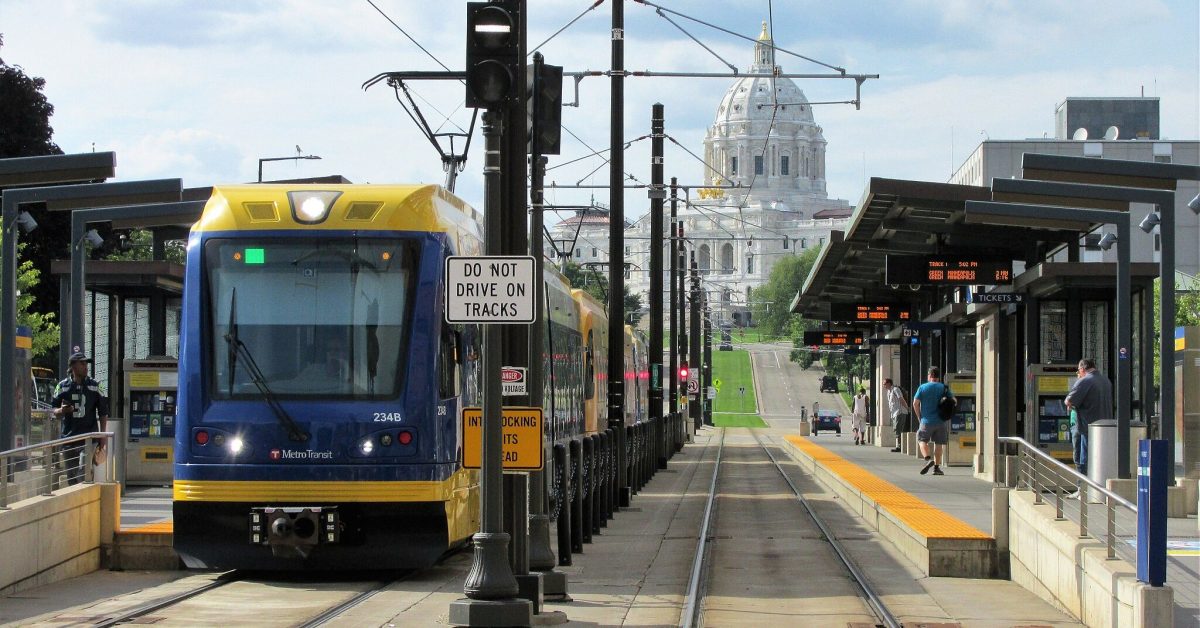
Solving Minneapolis’ Housing Affordability Impasse
How can Minneapolis improve housing affordability, when its housing is already pretty affordable? By rethinking what “affordable” means.

How can Minneapolis improve housing affordability, when its housing is already pretty affordable? By rethinking what “affordable” means.

With an overbuilt highway system, Minnesota needs legislators willing to invest in safe, affordable transit that is far-reaching and forward-looking.

St. Paul may be ready to relax its prohibitions on neighborhood commercial buildings. Here’s how it could get over the finish line.

Beyond negative impacts on walkability, restrictive commercial zoning inhibits incremental development and raises barriers for small, independent developers in St. Paul.

Minnesota’s 2025 legislative session was chaotic from start to finish. Let’s chat with our favorite advocacy organizations about what we accomplished.

It’s illegal to build corner stores and other small commercial spaces in most of St. Paul, thanks to decades-old zoning codes. That should change.

Minneapolis’ population is increasing, but its housing needs are increasing even faster. Why? More individual households need more individual spaces.

Minnesota passed bold climate legislation last year, a model for the nation. This session, Republican legislators are trying to bury it.

No one likes road construction, but too often mass transit projects unfairly take the blame for inconveniences to traffic and local businesses.

The Minnesota Legislature has transit and active-transportation advocates playing defense — but they’re still moving exciting new initiatives forward.